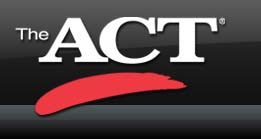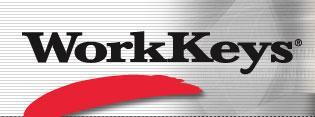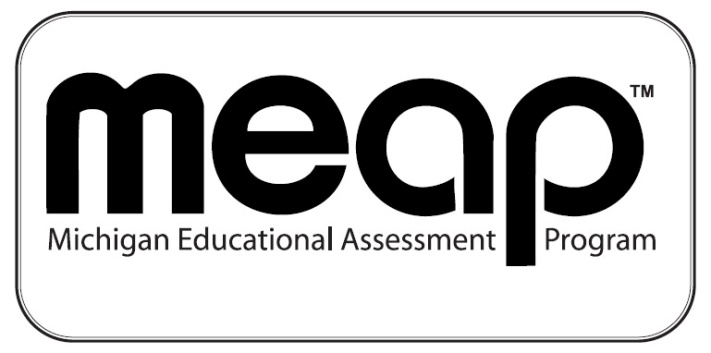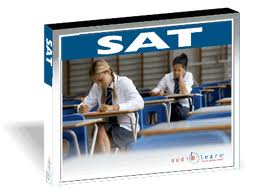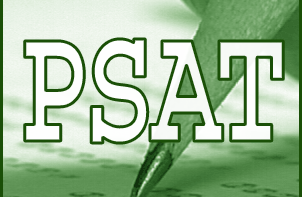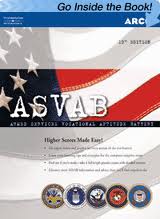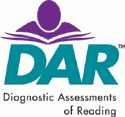List of Assessments - State and National
MLPP: The Michigan Literacy Progress Profile is the assessment portion of the
Reading Plan
Goal: To have all children reading at grade level by the time they reach the fourth grade.
Foreword
Reading is the cornerstone of education and the foundation of lifelong learning. If children are not independent readers by the end of their grade, it is unlikely that they will be successful in middle grades and beyond. These children rarely “catch-up.” To make matters worse, the demands and expectations only increase after grade three when children begin to transition from “learning to read” to “reading to learn.”
Introduction
In his 1998 State of the State Address, Governor Engler outlined the components of the Reading Plan for Michigan (RPM). When combined with existing efforts, this plan is designed to help every student read at, or above, grade level by the time they reach the fourth grade.
To achieve this purpose, Governor Engler issued an executive directive on January 30, 1998. Executive Directive 1998-2 directed the Superintendent of Public Instruction to develop materials and collateral programs to fulfill the RPM, that will ensure that every child can read by the time they enter the fourth grade. The main components of the RPM are: reading readiness kits, diagnostic instruments to assess reading readiness, reading progress portfolios and a summer reading program.
Purpose
The fundamental purpose of the Reading Plan for Michigan (RPM) is to enable parents and educators to complement and expand existing, successful literacy efforts to help all children to increase their skills and achievement levels.
Why?
Students are being asked to handle more complex tasks at earlier stages in their schooling. Success in early reading is critical to successful performance on these higher order tasks. In the growing information society, the need for literacy becomes increasingly necessary and obvious both in work and in private life. The advent of technology makes greater, not fewer, demands on literacy skills. In analyzing written output, full comprehension is a necessity. Literacy is a substantive part of every youngster’s development and formal learning. The Reading Plan for Michigan (RPM) is important because:
Reading is essential to success in our society
Reading and writing are essential elements for responsible citizenship.
The workplace of the 2lst century requires reading, writing and problem solving.
Learning to read in the early grades is the foundation of a lifetime of reading to learn.
Pre-school children need quality language and literacy environments in and out of their homes.
Brain research supports the need for quality early language interactions
Brain development that takes place before age one is rapid and extensive.
Brain development is more vulnerable to environmental influences than previously expected.
Language development begins in infancy. By talking, interacting, responding, and reading to the child, the foundations of language are cemented.
Rethinking the System
How well students read sets the foundation for future success. Research indicates that Reading is the foundation of:
Success in education
Self-sufficiency
Responsible citizenship
Productive employment
Research offers compelling evidence about how children learn to read. This is useful information for parents, teachers, university staff, community agents and ultimately, the children. Implications for the entire educational system include what offerings are available in the home where children encounter their first teacher. Further ramifications involve the programs available for children in pre-school, kindergarten and in the primary grades. The teacher-training institutions are key players in developing the system.
Effective teachers
Do not leave skill development to chance. They teach skills explicitly and then ask students to apply the skills in functional reading and writing activities.
Effective programs
provide instruction that allows students to develop skills and strategies that support reading and writing. They provide many opportunities to read and write. In highly effective classrooms, students consistently read on their own, listen to their teachers read, and write frequently for their peers and others. Effective programs provide for:
Fluency:Reading is made easier when students can read fluently, without halting or stumbling on unknown words. Fluency is promoted by: Wide and repeated reading of very easy texts, Choral reading in response to a teacher’s model, and Paired reading where one student (or the teacher) serves as a model for another
Comprehension:Comprehension is best supported by: Careful discussion of stories students read or are read by the teacher (both comprehension and response to literature), Wide reading (consolidation and new knowledge), and Explicit instruction in how to use the strategies.
Writing and Spelling: Instruction should be based upon the understanding that the use of invented spelling is not in conflict with the goal of correct spelling.To the contrary, requiring students to spell words the way they sound helps develop phonemic awareness and phonics knowledge. Once students can write letters, they should write their own words, sentences, and stories on a daily basis.
Bottom line for the primary grade curriculum: The most important feature of a good literacy curriculum is that it promotes a strong link between these two fundamental features – skill and strategy learning and opportunities to read and write frequently. Either without the other will NOT suffice for most children.
Assessment: Ongoing monitoring and evaluation of children’s literacy development is an essential component of effective reading programs. Predominant tools for this process are the Michigan Literacy Progress Profile and the Literacy Progress Profile.
The Goal for the Reading Plan for Michigan is: To have all children reading at grade level by the time they reach the fourth grade.
What is the Michigan Literacy Progress Profile?
The Michigan Literacy Progress Profile (MLPP) is a system of assessments and interventions to guide the literacy development of all children to a successful fourth grade launch. The MLPP contains a wide variety of research based assessment tools and instructional strategies that provide appropriate instructional experiences to scaffold a child’s literacy growth. The purpose of these tools is to provide teacher and parent with information about what an individual child knows and can do well as s/he moves along the path using literacy as a strategic thinker, reader and writer. The single most important goal of the MLPP is to increase the child’s learning and for that reason, the assessments are designed to be used to support instruction.
The MLPP assessments are designed to provide information on milestone tasks to assure that steady progress is sustained through the child’s literacy development. The milestone areas are: Oral Language, Oral Reading, Comprehension, Writing, and Literacy Attitudes.
The MLPP assessment system for those enabling skills that support the reading and writing included in the milestone assessments. These enabling skill assessments provide tools for the teacher to "dig deeper” and look more closely at the appropriate skill areas. The enabling assessments are: Phonemic Awareness, Known Words Activity, Hearing and Recording Sounds, Concepts of Print, Letter/Sound Identification, and Sight Word/Decodable Word Lists.
Assessment is the act of gathering data and information in order to better understand what a child knows and is able to do. Simply stated, assessment provides the material for evaluation and informs instruction.
Who benefits from the MLPP Assessments?
Natural Readers: In each classroom approximately 40 to 50% of the students are natural learners and probably learned to read at home. These children would need to have their literacy development confirmed with the milestone assessments (Oral Language, Oral Reading, Comprehension, Writing, and Literacy Attitudes.) three to four times over the school year to assure appropriate progress is sustained.
Teachable Readers: These children learn to read but only if their classroom instruction is high quality and appropriate for their developmental level. These children represent 30 to 40 percent of the children. For these children, the milestone assessments (Oral Language, Oral Reading, Comprehension, Writing, and Literacy Attitudes.) as well as appropriate assessments of enabling skills (Phonemic Awareness, Known Words Activity, Hearing and Recording Sounds, Concepts of Print, Letter/Sound Identification, and Sight Word/Decodable Word Lists) are to by used by a skillful teacher.
Tutorable Readers: These children are at risk of reading failure without a well-structured, individualized plan. These children benefit from the milestone assessments, appropriate assessment of enabling skills, as well as, a skillfully scaffolded instructional plan that considers literacy skill development and how the student learns best. These children represent between 7 and 29 percent. The remainder of the children (a small proportion) 1 to 2 % are dyslexic and probably would not benefit from the MLPP assessment system. Robert Slavin 1997
The MLPP operates in the context of a balance literacy program. Children progress from an emergent state of reading and writing to a fluent state. This development can be witnessed.
![]() What is the DAR Diagnostic Assessment of Reading?
What is the DAR Diagnostic Assessment of Reading?
The Diagnostic Assessment for Reading (DAR) is a standardized test used by teachers and schools to assess a child's reading level and plan for reading instruction. Often, schools administer these tests on a yearly basis to every student in a class, grade level or school. Tests like the DAR may also be used at other times to individually test a child or adult who struggles with reading.





